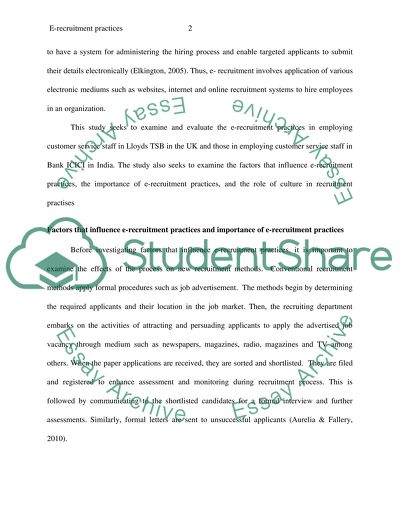Cite this document
(“E-recruitment practices Literature review Example | Topics and Well Written Essays - 3250 words”, n.d.)
Retrieved from https://studentshare.org/human-resources/1398993-e-recruitment-practices
Retrieved from https://studentshare.org/human-resources/1398993-e-recruitment-practices
(E-Recruitment Practices Literature Review Example | Topics and Well Written Essays - 3250 Words)
https://studentshare.org/human-resources/1398993-e-recruitment-practices.
https://studentshare.org/human-resources/1398993-e-recruitment-practices.
“E-Recruitment Practices Literature Review Example | Topics and Well Written Essays - 3250 Words”, n.d. https://studentshare.org/human-resources/1398993-e-recruitment-practices.


